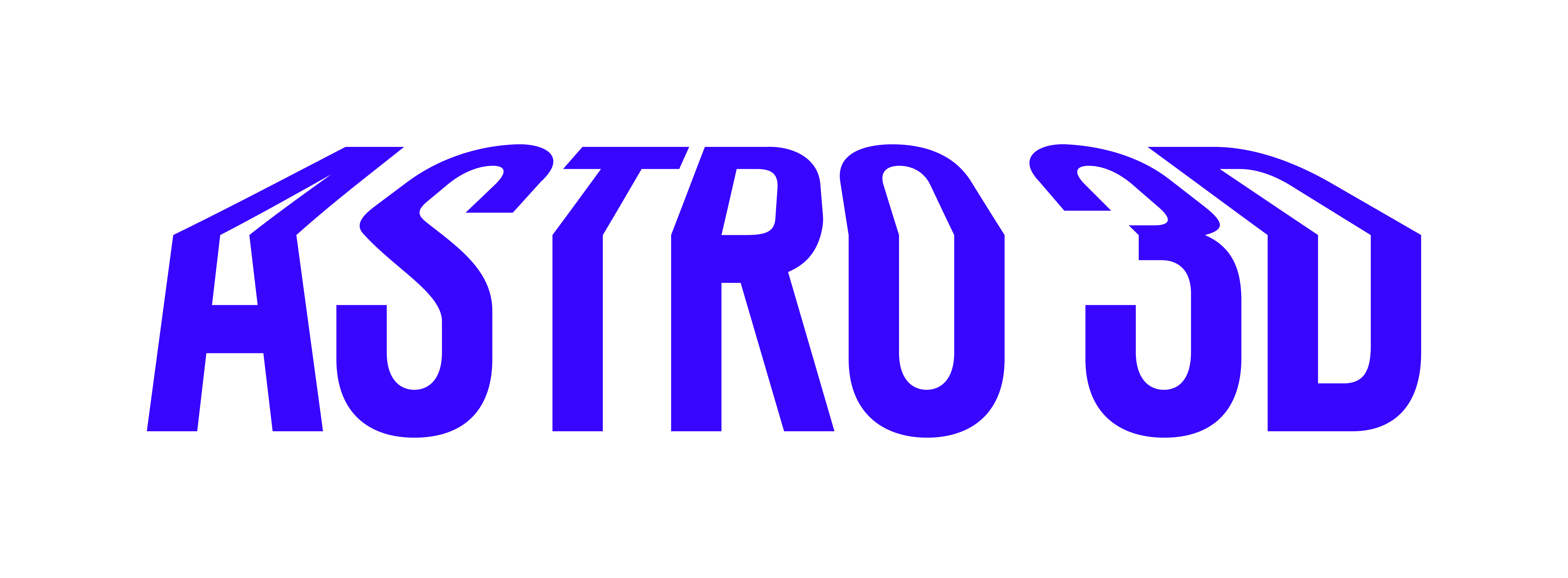Authors
Leslie, S. K.; Bryant, J. J.; Ho, I.-T.; Sadler, E. M.; Medling, A. M.; Groves, B.; Kewley, L. J.; Bland-Hawthorn, J.; Croom, S. M.; Wong, O. I.; Brough, S.; Tescari, E.; Sweet, S. M.; Sharp, R.; Green, A. W.; López-Sánchez, Á. R.; Allen, J. T.; Fogarty, L. M. R.; Goodwin, M.; Lawrence, J. S.; Konstantopoulos, I. S.; Owers, M. S.; Richards, S. N.
Abstract
In this paper, we compare the radio emission at 1.4 GHz with optical outflow signatures of edge-on galaxies. We report observations of six edge-on star-forming galaxies in the Sydney-AAO Multiobject Integral-field spectrograph Galaxy Survey with 1.4 GHz luminosities >1 × 1021 W Hz-1. Extended minor axis optical emission is detected with enhanced [N II]/H α line ratios and velocity dispersions consistent with galactic winds in three of six galaxies. These galaxies may host outflows driven by a combination of thermal and cosmic ray processes. We find that galaxies with the strongest wind signatures have extended radio morphologies. Our results form a baseline for understanding the driving mechanisms of galactic winds.




